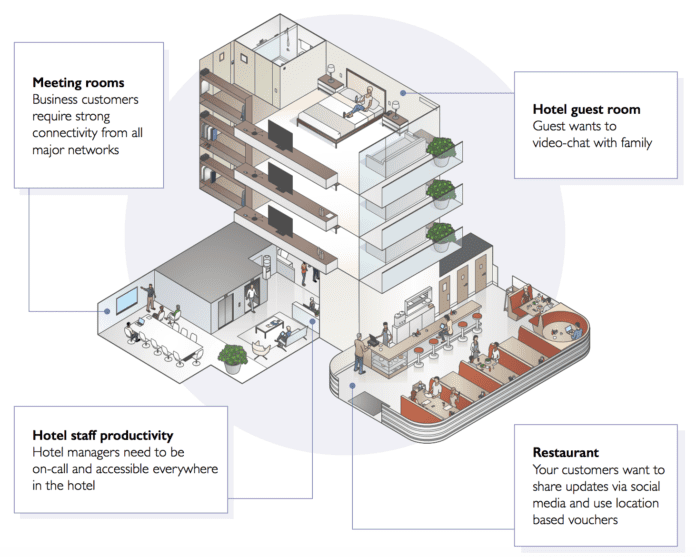Marking its 10th anniversary, industry advocacy group Small Cell Forum published Release 9, which covers a broad range of small cell-related topics, both technological- and market-based.
“The next few years will see densification on a massive scale of both existing 4G networks as well as next generation 5G systems. SCF is playing a central role in this shift, both from technology and cultural perspectives,” said David Orloff, Chair of Small Cell Forum. “Since day one the Forum has been highly successful in driving small cells into the mainstream and is set to continue to play a central role in densification, working to drive and co-ordinate the industry to revolutionize how networks are developed and deployed.”
Here we take a look at three of the key trends contained in Release 9.
Based on research from IHS Markit, the market for small cells, worth around $1.5 billion in 2016, will grow to $2.2 billion in 2021. In 2017, outdoor small cells will drive the most market growth due to carrier efforts to densify networks particularly in urban areas and around marquee venues. Small Cell Forum projects there will be some 14.5 million non-residential small cells by 2022.
In terms of vertical focus, hospitality is viewed as a key area of adoption for small cell-based connectivity. Release 9 emphasizes the ease of install for small cells–no more than one week–and suggests hospitality venue owners follow a four step process.
- Survey the project by studying end user needs, establishing coverage and capacity requirements, and mapping out existing connectivity infrastructure;
- Design the system by identifying KPIs, analyze backhaul requirements, use in-building wireless design tools to optimize placement, and get an understanding how to connect to the external network;
- The build involves the installation work, followed by commissioning then a rigorous test for assurance;
- Then all that’s left is maintaining the system.
Release 9 also takes a detailed look at the “hyperdense” heterogeneous network architecture that will include huge numbers of small cells working in tandem. Components include cloud-based and software-defined radio access network as well as pervasive software-control of networks based on NFV and SDN. From the document, “Qualitatively, hyperdense hetnets can be described as ‘networks where several small cells are densely deployed in a cluster and with a macro cell, providing overlapping umbrella coverage’. For such a multi-tiered heterogeneous network to meet the needs of good coverage and high throughput, several solutions maybe be deployed.” Some of those solution combinations include decoupling the control and data planes, dual connectivity, centralized coordination of multiple radio nodes, and transmission in low and very high frequencies.

